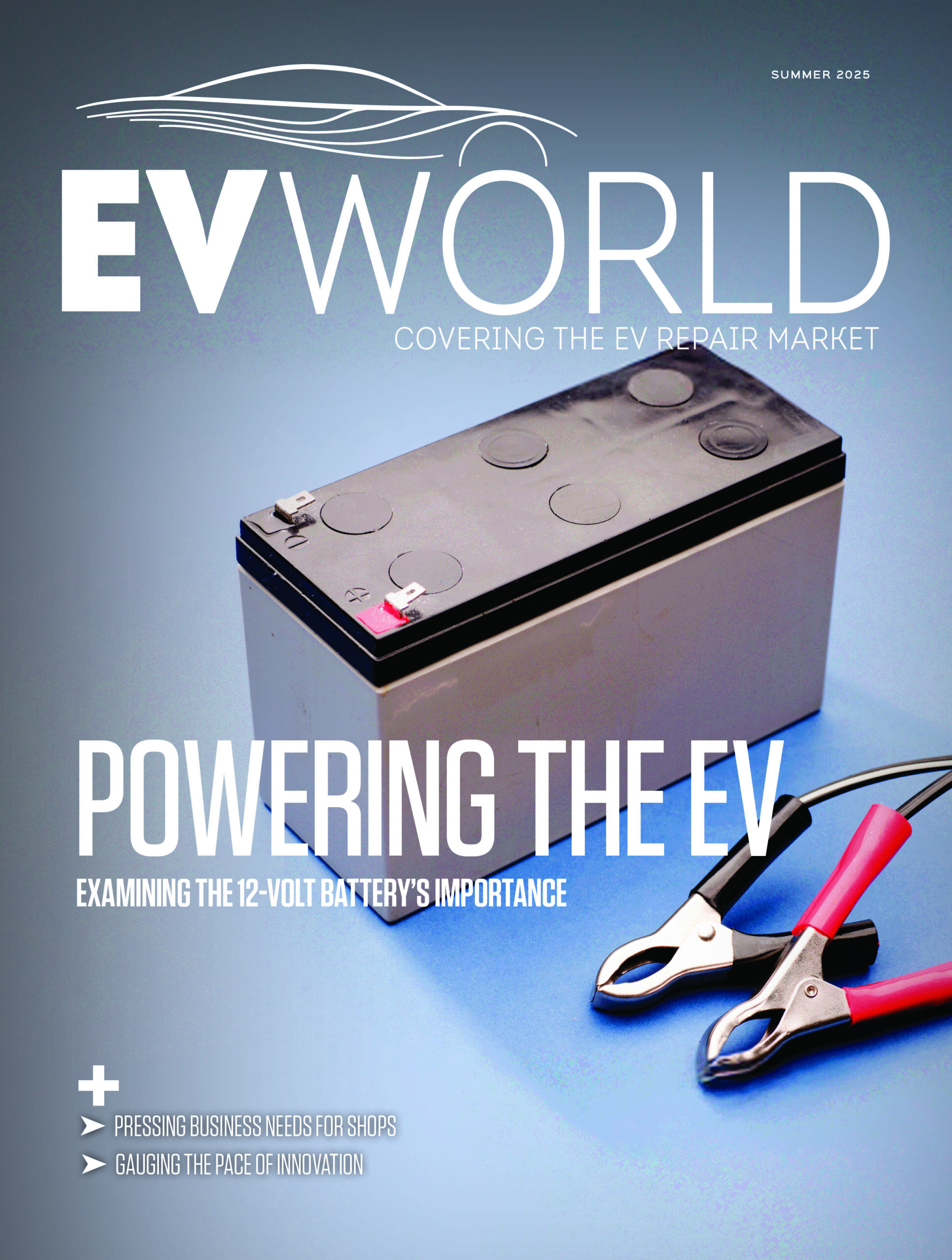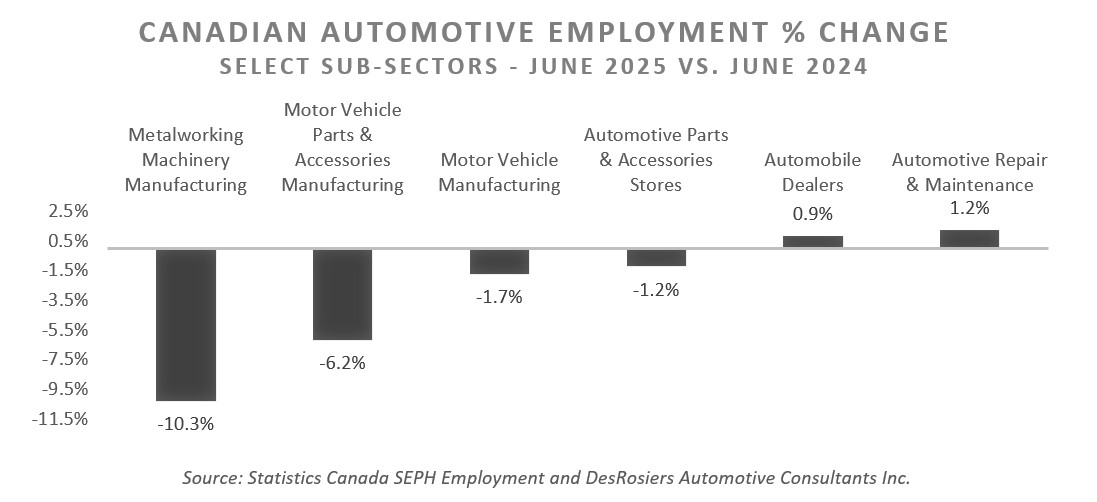
If your shop has decided to apply the same markup price to every part put on a vehicle, not only is that unsustainable, but chances are you don’t actually hold yourself to that mantra, according to a shop coach.
What every shop needs is a pricing matrix — a guide that outlines how you mark up parts based on the price you paid for them from your jobber, explained Cecil Bullard, chief executive officer of the Institute for Automotive Business Excellence and RLO Training.
For example, it may outline that a part the shop paid $1 for will be charged $4 to the customer — a four-times multiplier. For a $50 part, you’ll charge $125 for it — a 2.5-times multiplier. For something that’s $500, you charge $800 — a markup of 40 per cent.
The more expensive the part, generally speaking, the multiplier goes down because the end customer will balk at paying the end cost when it reaches a certain price.
Some shops may claim that they make it easy on themselves: They’ll charge double on everything.
Simple, right? Not so, Bullard said.
If you say that’s what you do, “I will call you a liar to your face right now,” he told a room full of automotive service providers at NAPA Expo 2022.
He continued to say that while you may easily charge $12 for a $6 air filter, you will not charge $12,000 for a $6,000 motor — you know the customer will not pay that. So shops will mark up the price at a much smaller percentage to make the final cost more appetizing to the customer.
“Because of our business and the way our business works, we have to charge more for smaller parts,” Bullard explained during his session, What are the Most Important Numbers for Financial Success? “And because we charge less for bigger parts, we balance it all out and make the margin that we need to make, the profit that we need to make within our business.”
He pointed out a strategy he read about Walmart. They knew the average customer would buy about three times. One would typically be a discounted item. That meant the other two had to be marked up properly to ensure the company maintained its margins.
If more shops would follow a price matrix “what a magnificent thing that would happen in our industry in terms of profits,” Bullard said.
Related Posts
Comments
-
My shop has been using a price matrix system for 15 yrs! Best thing I ever did!













Leave a Reply